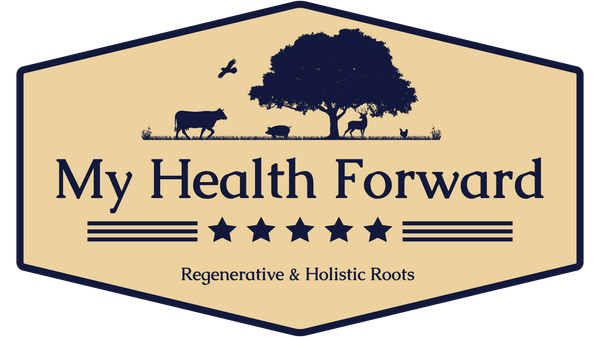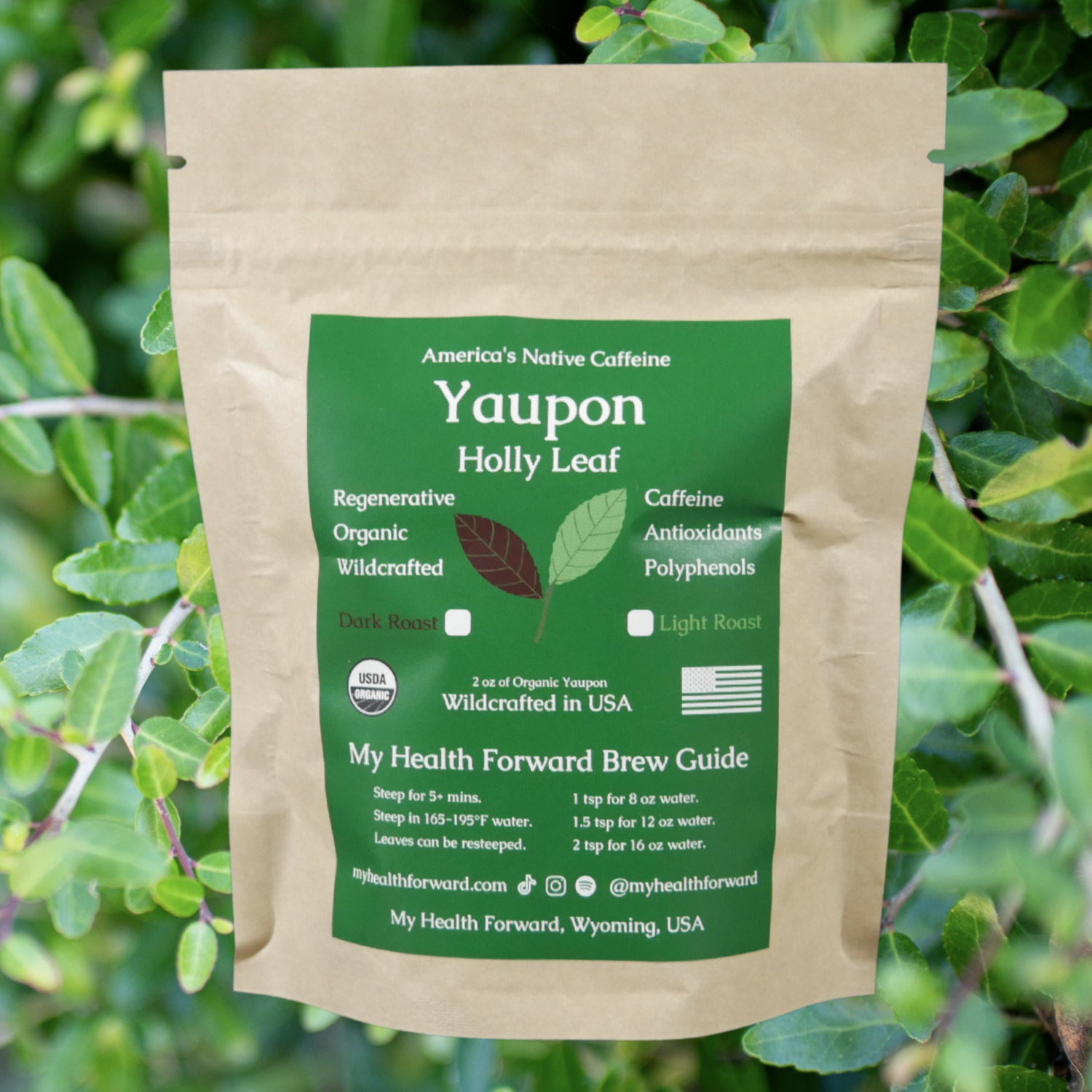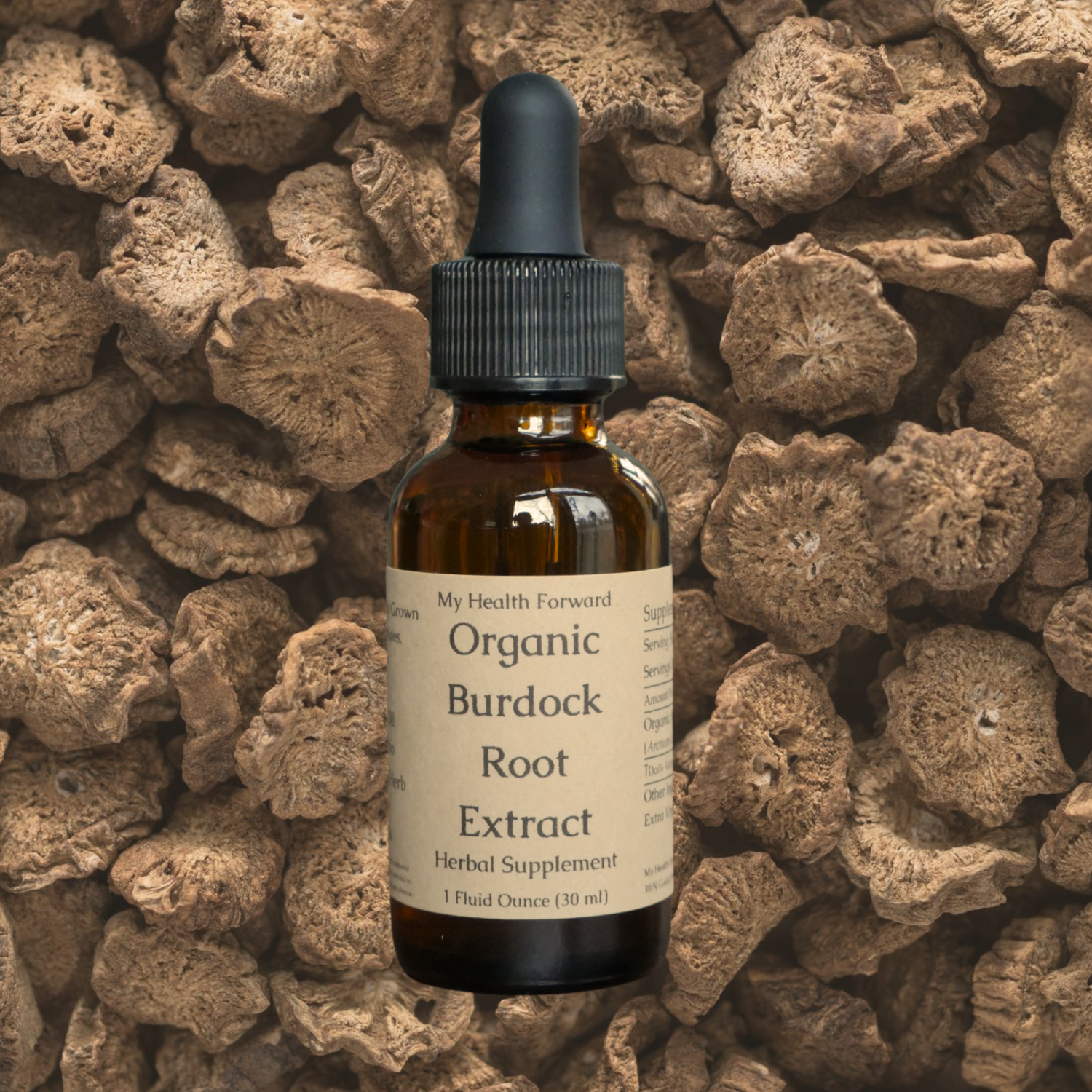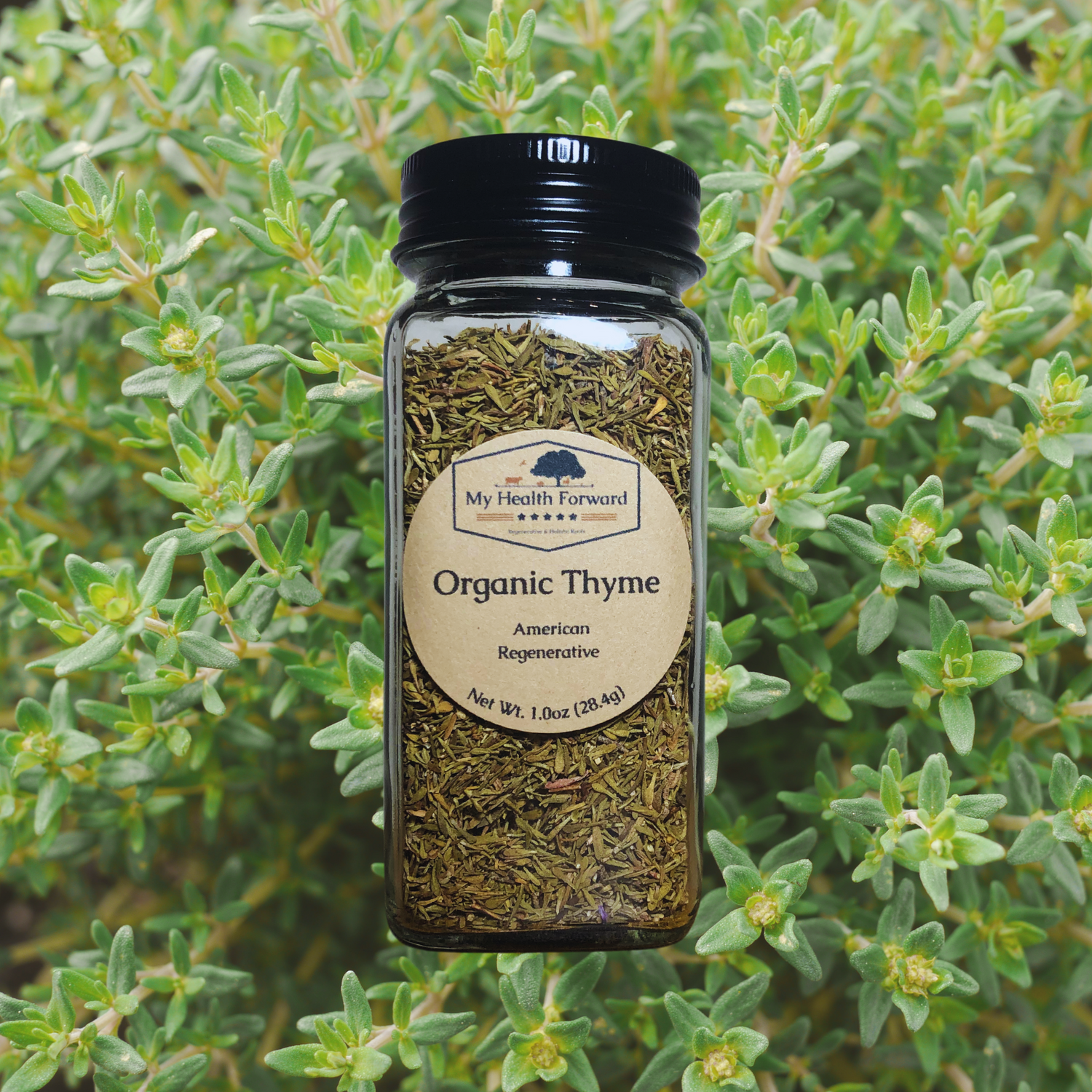How to Buy Beef Shares
Subscribe to My Newsletter
Published April 9th, 2024.
This is a detailed guide on why you should buy beef shares and how to do it. YouTube link to video guide.
There's three primary reasons for why you should buy beef shares directly from local ranchers.
1. Cost Savings
Four meatpackers control 85% of meat processing in the United States. These companies are Tyson Foods, Cargill, JBS which is Brazilian owned, and National Beef Packing Co. which is owned by the Brazilian company Marfrig Global Foods. You can listen to my podcast or watch this video for an explanation on how they're destroying our food systems. Starting with the Holcomb County Fire at the Tyson plant in 2019, the big four packers started to allegedly fix prices. They undercut what they paid to ranchers, and increased what they charged to retailers. The higher prices you have been paying are going to these greedy packers, not the ranchers. When you buy a beef share, the price you pay per pound for all the cuts of meat you receive will typically come out to $6-12 a pound. This will save you money in comparison to buying individual steaks.
2. Quality
When you buy directly from ranchers, you can choose ones that raise their cattle in line with how you want to eat. Local beef will always be fresher and higher quality than what you buy at the store. You can choose ranches that rotationally graze cattle, grow their own feed, finish them on grass or grains, don’t use any added hormones or antibiotics, and don’t use any pesticides or herbicides. Cattle that eat a wider range of phytochemical rich grasses and forage receive more health promoting nutrients that you will get from their meat and fat including, conjugated linoleic acid, omega 3 fatty acids, trans-vaccenic acid, amino acids, collagen, antioxidants, vitamin b6, manganese, and beta-carotene.
3. Food Security
Ranchers only receive around 39 cents of every dollar consumers spend on beef. Generational farms and ranches are struggling now more than ever due to financial pressure from the big four packers. Giving your dollar directly to the rancher that worked hard to raise your beef will ensure they can keep offering you meat for years. This will localize our food systems and support the whole supply chain that ranchers rely on.
Step by step guide on buying beef shares.
1. Understand Beef Cuts
Buying beef in bulk from the rancher means you are purchasing a share of the cow. Typical options include ⅛, ¼, ½ and a whole beef share. These shares are made up of standard varieties of beef cuts. There are eight main cuts of beef including brisket, chuck, flank, loin including sirloin, plate, rib, round, and shank. Brisket is fairly self explanatory. Chuck would include cuts like chuck steaks, boneless short ribs, roasts, stew meat, shoulder steaks, and ground beef. Flank would include flank steaks and ground beef. Rib would include ribeyes, ribs, rib steaks, and a little ground. Plate would include skirt steak and short ribs. Short loin would include porterhouse t-bone, top loin, tenderloin, and filet mignon. Sirloin would include tri-tip roast, tri-tip steak, top sirloin, and ground beef. Shank would include fore shank, osso bucco, and soup bones. There are 100+ different cuts of beef available from these main 8 cuts. When you buy a share, you get a collection of all these different cuts plus organs, fat trimming, and bones.
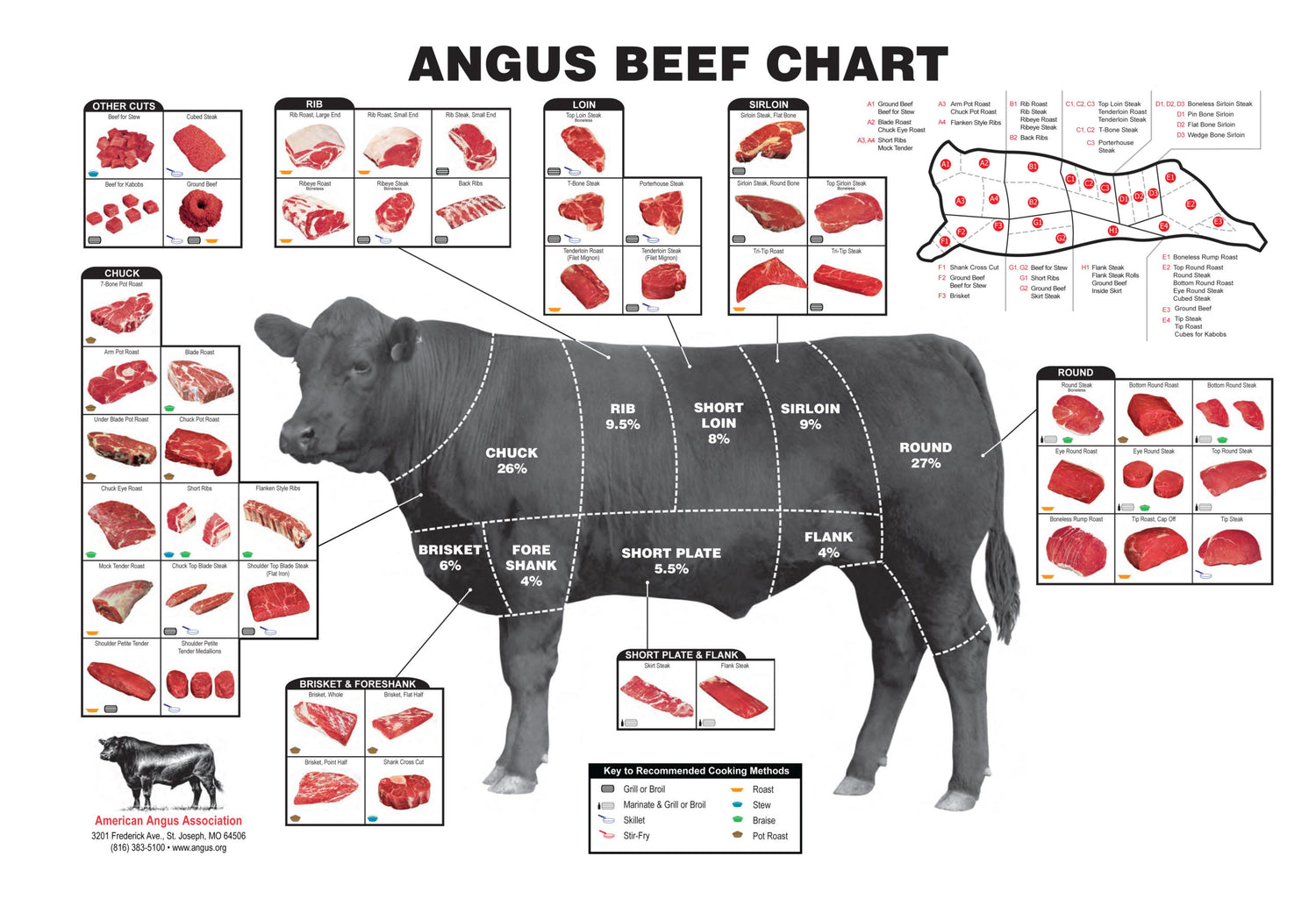
Beef Chart
There are eight main cuts of beef including brisket, chuck, flank, loin (including sirloin), plate, rib, round, and shank. If you buy a whole cow share you expect to receive around 18 lbs of brisket, 121.5 lbs of chuck, 22.5 lbs of flank, 36 lbs of short loin, 40.5 lbs of sirloin, 36 lbs of plate, 45 lbs of rib, 108 lbs of round, and 13.5 lbs of shank.
2. Find Rancher
I have a free map on here my site with over 4,400 local farms and ranches, which you can use this to find ranchers near you. You will want to find a rancher that’s ideally within an hour or so drive from where you live.
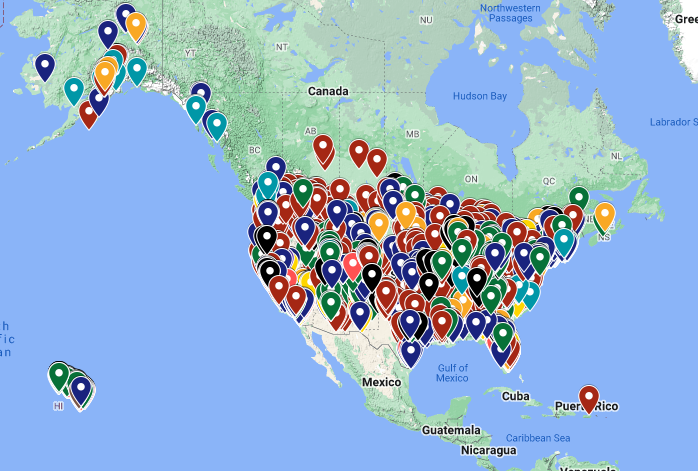
Find Local Ranches
Find farms, ranches, and markets near you using my free map.
3. Contact Rancher
You should contact the rancher 6-12 months in advance of when you want the beef. Many ranches have beef shares available two to four times a year. The number of shares will vary based on their herd size. Ask them about the breed of the cattle, grazing practices, feeding regimen, their health standards with hormones and antibiotics, and any certifications. This will ensure you buy the exact kind of meat you are looking for. Then ask about what beef shares they offer.
4. Review Pricing
A beef share starts with a cow that typically has a live weight around 1,200+ pounds, which is called on the hoof. The hanging weight is typically around 60-65% of the live weight, so you could expect it to be around 750 pounds. Hanging weight is the weight of the carcass after it has been slaughtered and before it's been butchered into individual cuts. You could expect that 750 pound hanging weight to turn into between 400-450 pounds of packaged weight, which is what you would receive. Note, these numbers are for a typical grass-fed & grain-finished cow. A grass-fed and grass-finished cow will likely come out to 375 pounds of packaged weight. The loss in weight is from bones, fat, and moisture being removed. Some ranches charge by the live weight while others charge for the live weight. You could expect to pay anywhere from $1,700-$2,500 for a half beef share and $3,700-$4,500 for a whole share. The larger the share you buy, the less you will end up paying per pound. All things considered, you could expect to pay between $6-11/lb for a half or whole share and $12-15/lb for a quarter or eighth share. When you discuss pricing, be sure to talk about processing fees and transportation. Some ranchers build this into their prices while others do not. Be sure to also discuss the bones, fat trimmings, and organs. Some ranchers will include these for free while others will charge extra.
5. Discuss Butcher Options
Some ranchers work with specific local butchers while others will allow you to choose the butcher yourself. I’d recommend going with whoever the rancher recommends. You may be sent a form for your packaging preferences. You can typically choose the types of packaging and make processing requests. For example, you can request more or less of specific cuts, whether you want bones in or out for cuts like ribeye, whether you want any sausages or ancestral blends, options for ground beef, and how thick you want some cuts of steak.
6. Freezer Space
Make sure you will have enough freezer space before placing the order. If you don't make plans to buy a chest freezer or look to split the share with friends or family. For a whole beef share, you will need around 20 cubic feet. For a half beef share, you will need around 10 cubic feet. For a quarter around 5 cubic feet. Beef stored in side by side freezer typically lasts up to 6 months while beef in a chest or stand up freezer will last up to a year. You could calculate how much meat your family eats in a week to understand how long the beef will last you. A family of four that eats eight pounds of beef a week could expect for a half share to last around half a year and a whole share to last around a year.
Subscribe to My Newsletter
7. Place Order
Once you've agreed on the terms, place your order. You should expect to pay a deposit upfront, with the balance due upon delivery or pickup. This deposit is generally $500-$1000 for a whole share. This deposit will serve as your reservation, so you can expect to make it anywhere between 3 months to 12 months in advance. This all depends on when your reservation is for.
8. Payment and Pick-up
Wait patiently for your beef. Ranchers will typically contact you a few weeks before butchering to arrange the pick-up or delivery. Some ranches offer local delivery for free or a fee while others require you to pick up the meat yourself. On the day or week of the pickup, review the final invoice and confirm the final costs with the rancher. Then complete the payment! Pay with cash or check rather than a credit and ask for a physical receipt. This helps the rancher avoid processing fees and gives them their money quicker. If you pay with a card, the rancher could be paying as high as $100 in processing fees for one whole share. If you pick-up the beef yourself, know that it will be frozen. You could bring coolers if it is a long drive or your climate is hot. As long as your drive isn’t too long, the meat should stay frozen. Be sure to immediately put the beef in the freezer when you get home.
9. Leave a Review
Enjoy your steaks and leave a review at the ranch! Ranchers want to stay in touch and keep connected with their customers and community. By doing this, you can get early access to buying future beef shares.
-

Heirloom Seed Varieties
Open-pollinated, organic, and non-gmo heirloom seeds.
Places to Buy Beef Shares
Missouri (with nationwide home delivery): https://www.jakesteaks.com/
Wyoming: https://beckranch.com/collections/all-beef/products/half-beef
S. California Grain-Finished: https://www.meriganranch.com/beef-shares
S. California Grass-Finished: https://perennialpasturesranch.com/collections/whole-half-cows
Nebraska: https://www.audumblaregenerativeranch.com/shop
Alberta: https://www.fishburnranch.com/grass-finished-beefEastern
Washington Wagyu: https://0398f8-b2.myshopify.com/collections/all
